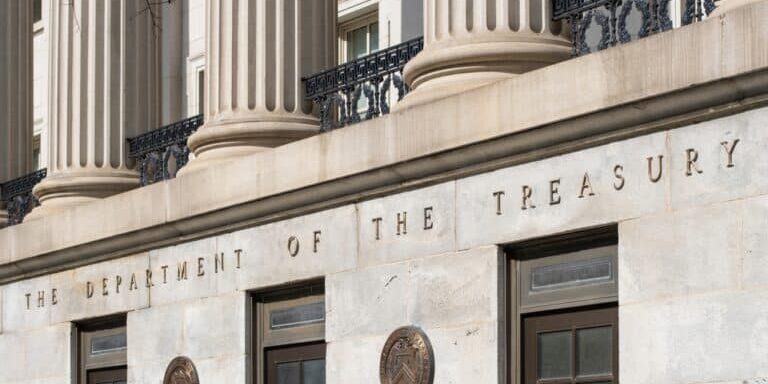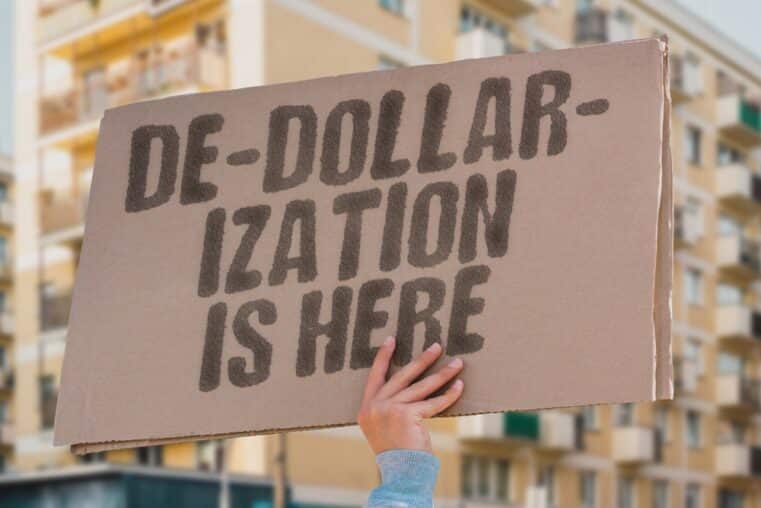
Treasury Stuns Markets with Surprise Drop in Borrowing Needs — Temporary Relief or False Hope?
Treasury’s Borrowing Estimate Falls — But Don’t Celebrate Yet
The U.S. Treasury caught markets off guard today, announcing a $53 billion reduction in its second-quarter borrowing needs — an unexpected shift that triggered an immediate drop in yields across the bond market.
Earlier forecasts had expected a much larger shortfall. Analysts, factoring in a drained Treasury General Account (TGA) and the unresolved debt ceiling standoff, anticipated borrowing of around $507 billion for Q2. Treasury’s final number: $514 billion. A minor difference, but the bigger story was the decline from earlier estimates.
Stronger Receipts and Trump-Era Momentum Offer Temporary Relief
The explanation lies in stronger-than-expected fiscal flows. Treasury receipts are running slightly ahead of forecasts, and government outlays — while still massive — are tracking near the lower end of historical ranges for now. This unexpected strength has been partly credited to Trump-era fiscal policies like tariff revenues and tax cuts, which, ironically, are giving the government a bit more breathing room this year.
Deutsche Bank economists even suggest that the deficit impact from extending Trump’s 2017 tax cuts could be offset, temporarily, by higher tariff revenues and robust receipts, delaying — but not eliminating — the widening deficit expected in future years.
The Debt Ceiling Standoff Still Looms Over Everything
While the short-term numbers look better, the underlying risks haven’t disappeared. Treasury projects $554 billion in borrowing for Q3, assuming a restoration of its $850 billion cash buffer — a tall order unless Congress resolves the debt ceiling soon.
The latest estimates suggest the critical “x-date” — when the Treasury runs out of cash — could stretch into mid-August. A modest buffer, but still dangerously close to the edge. Failure to act would mean either a technical default or emergency fiscal maneuvers far worse than today’s market noise.
Wall Street Cheers, But The Debt Bomb Keeps Ticking
Make no mistake: borrowing hundreds of billions every quarter is still the norm, not the exception. Fiscal “good news” today only looks good compared to truly catastrophic expectations. Meanwhile, the debt mountain grows, inflationary pressures linger, and real structural reform remains nowhere in sight.
In Q1, actual Treasury borrowing was $2 billion less than forecast. In Q2, it’s $53 billion less. Good, but insignificant in a system hurtling toward $40 trillion in federal debt within a few short years.
Today’s market rally is simply Wall Street exhaling in relief — not a sign of any meaningful fiscal stability.
Prepare Now — Before the Crisis Hits
Temporary fiscal wins don't change the inevitable. If anything, they buy the political class more time to delay real reforms — and leave independent citizens like you more vulnerable when the next crisis hits.
➡️ Protect your wealth: Download Bill Brocius’ essential guide, "7 Steps to Protect Your Account from Bank Failure", here.
➡️ Arm yourself with knowledge: Get Bill’s groundbreaking book, "End of Banking As You Know It."
➡️ Stay ahead of the collapse: Subscribe to Bill’s Inner Circle newsletter today for just $19.95 — because the next crisis isn’t a question of if, but when.











